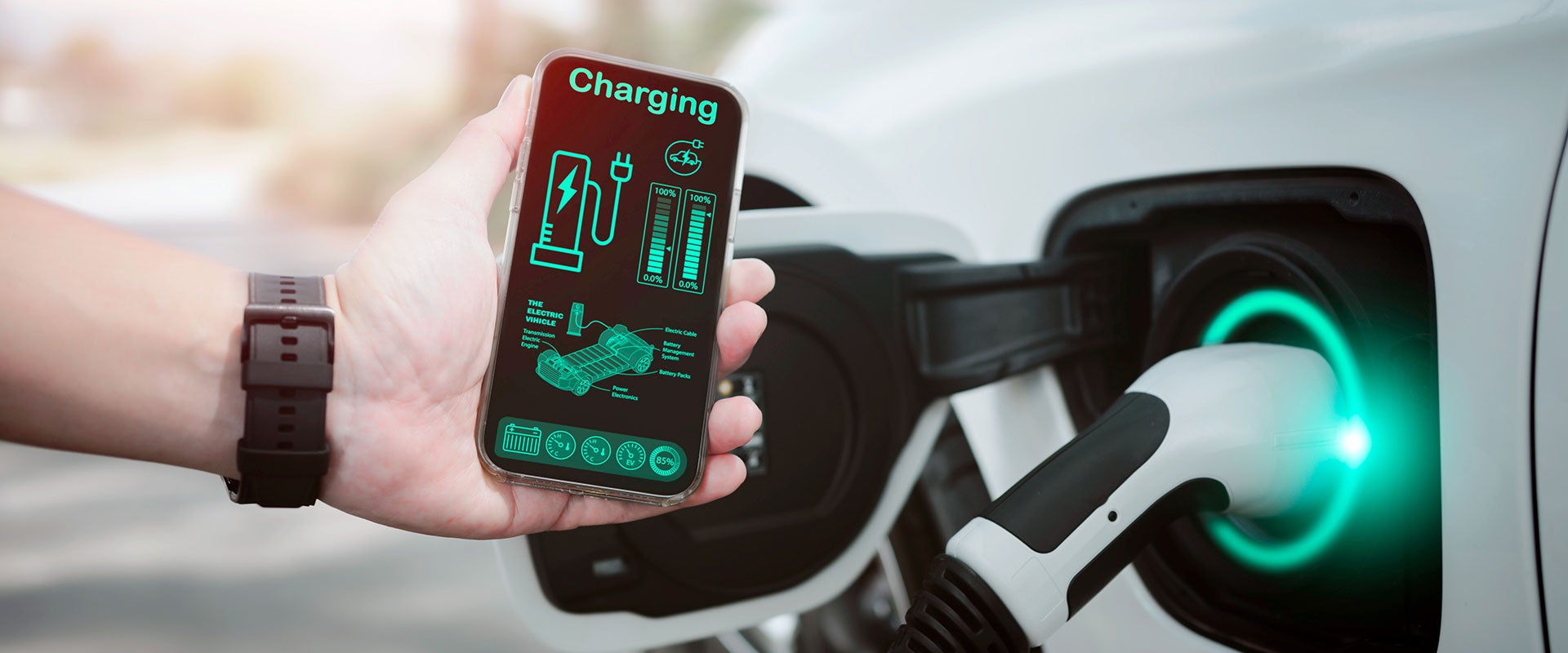New regulations and financial incentives are playing a significant role in driving the adoption of EVs in Europe
Countries and regions are adopting restrictive emissions regulations, with many starting to mandate that all new vehicle sales are zero-emission vehicles by 2035. This functionally bans the sale of ICEVs and pushes consumers towards more sustainable options. However, the EU has agreed to allow the sale and registration of ICEVs after the 2035 deadline, provided that these vehicles operate exclusively on carbon-neutral or e-fuels, which has opened the door to the development of e-fuels.
Alongside regulation come incentives, with many state governments offering financial support to promote the adoption of EVs by lowering the upfront cost of purchase and allowing them to achieve price parity with ICEVs far sooner than would otherwise be possible. Secondary policies are also playing their part in directly supporting BEV adoption. The EU’s €750 billion stimulus package includes €20 billion targeted at boosting the sales of cleaner vehicles, and 1 million electric and hydrogen vehicle charging stations are set to be installed by 2025.
The new fuel revolution
Another piece of legislation — Fit for 55 — is leading the way in multiple aspects of the waste-to-energy value chain and the adoption of e-fuels, with an emphasis on the use of clean biofuel such as methanol. Designed to revise and update EU legislation to help achieve the EU’s climate goal of reducing emissions by at least 55% by 2030, the proposed regulation includes frameworks for emissions standards and their trading. Among targets for topics such as land use, forestry, member state effort sharing, renewable energy, and energy efficiency and taxation are three areas set to directly impact the adoption of clean methanol:
-
Alternative fuels infrastructure to ensure public access to recharging and alternative refuelling
-
Renewable/low-carbon fuels in maritime transport to provide for smooth operation of shipping traffic and increase the demand for renewable and low-carbon fuels
-
Sustainable air transport aimed at increasing supply and demand for sustainable aviation fuels
E-fuel costs are predicted to fall over time — a reduction fuelled by economies of scale, learning effects and a drop in the price of electricity.
Looking to a green hydrogen future
All e-fuels rely on hydrogen in their production process, and green hydrogen – created using renewable energy - is widely acknowledged as the sustainable choice. It’s lack of carbon emissions sets the bar for future automotive fuels.
The Renewable Energy Directive II
The Renewable Energy Directive II raises the overall EU 2030 target for the consumption of renewable energy to 32%. Targets for each individual country are specified, and the regulation also addresses the issue of indirect land use change. The directive favours the development of green hydrogen by restricting biofuel production that takes place on cropland previously used for growing food or livestock feed, helping to guarantee adequate levels of food production.
Member states must require all fuel suppliers to supply a minimum of 14% of the energy consumed in road and rail transport by 2030 as renewable energy. The aviation and maritime sectors are beyond the scope of this regulation but are encouraged to opt in and contribute to the target.
Which way next for EVs?
Sales of EVs are predicted to increase to 13 million cars sold in 2035. Achieving this will involve addressing issues with current infrastructure and the reduction of costs, providing strong opportunities for new OEMS.
Today’s legislative landscape is expected to aid an increase in BEV penetration of c.100% by 2035, with sales of European light vehicles set to reach c.35% by 2030. The infrastructure of European EV charging stations has seen solid growth since 2020 but is still experiencing issues with slow charging. EU regulation mandates a minimum of c.6.3 million chargers by 2035 — an actual increase of c.10 million chargers across Europe.
Testing times ahead
As EV adoption grows and the EV charging network moves towards faster chargers, the capacity of European power grids will be severely tested. Assuming grid-installed capacity continues growing at its historic rate, demand for EV charging will represent an outsized share of total capacity by 2030 and could potentially exceed the available installed capacity by 2031 if 20% of EVs are connected to the grid simultaneously. Contributing to this demand is the expected continued evolution towards faster charging technology.
The conflict in Ukraine has sparked a significant increase in renewable transition ambition as well as issues with meeting demand for power. In response to national grid saturation, Germany now plans to restrict EV charging stations and heat pumps, particularly in rural areas. And the majority of EU countries will require some degree of grid capacity upgrade before 2030.
Counting the cost
The BEV purchase price premium over a comparable ICEV declines for more expensive, top-of-the-line vehicles. This is because battery costs represent less of the overall price for high-end vehicles. Based on battery prices, purchase cost parity between BEVs and ICEVs is expected to occur between 2024 and 2030, with the most expensive models reaching parity first.
The combination of insufficient public charging networks, limited subsidies and restrictive regulations makes EVs a viable choice for higher income populations, with medium- and low-income households struggling to afford EVs likely to switch to no-ownership mobility options. The risk is that portions of the population will be cut off from mobility — many OEMs are contributing to the issue as they progressively abandon high-volume, lower-cost models to focus on the premium market. However, Chinese OEMs are bucking this trend, with a European penetration strategy focused on lower price points. With prices significantly lower than those of European OEMs, a logical conclusion would be that Chinese OEMs will soon lead in the European market, setting European manufacturers on a destructive path and changing the market dramatically.




